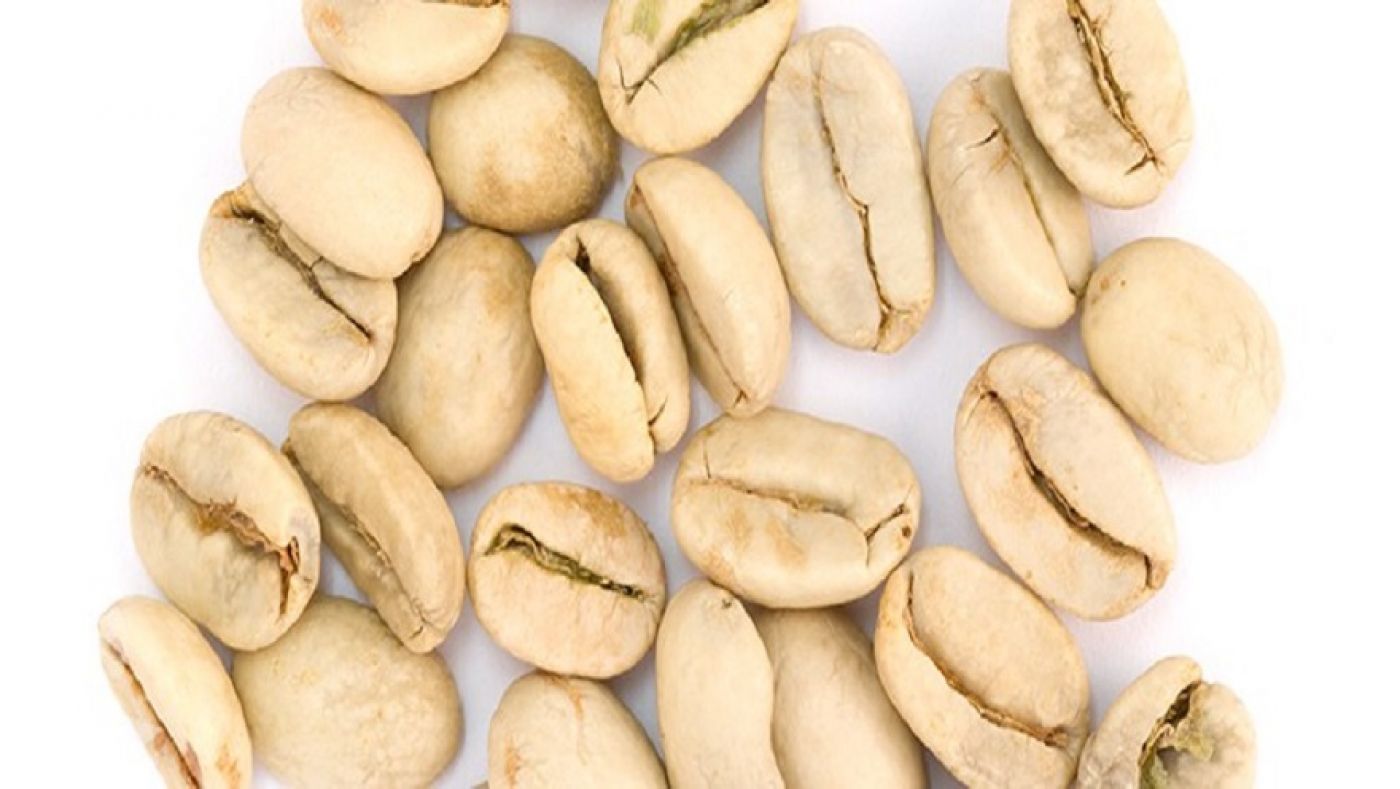
Monsoon malabar, the monsoon coffee
India is one of the main coffee producers in the world, being amoung the 10 countries with the highest production and where one of the most fascinating coffees, stand out for its origin: Monsoon Malabar, orignally from the Malabar region in the southwest of the country.
The coffee is stored in warehouses open to the action of the monsoon winds, with the aim of increasing the body and reducing its acidity, obtaining a coffee with very aromatic notes and born by chance with a story worth telling...
Legend has it, that the result of this coffee was made by chance. Originally, coffee traveled to Scandinavia in the seventeenth and eighteenth centuries next to sacks of spices in the hold of sailing boats. The journey could last months and even years. During these long trips, the coffee had to cope with special climatic conditions, such as humid air and torrential rains, which means that during the trip, the coffee was transformed, completely changing its organoleptic characteristics once it reached its destination. Exporters saw that despite fears to the contrary, that this new coffee was appreciated and was well received in destination countries.The coffee acquired its name due to the monsoon winds, as it was they that favored the mobility of the sailboats in the area and those that modified the characteristics of the coffee.
These days, monsoon winds are still being used to alter the characteristics of coffee, but on land. Emulatig the effects that the sea and the sun produce offshore. The "Monsoon" season (monsoon wind) occurs on the west coast of southern India and begins in late May or June, lasting for several months.
For the preparation of the coffee, only Robusta beans are used and stored in special tanks. Moist Monsoon winds circulate around the coffee beans for several weeks, and due to the humitdity and the heat of the enviroment, the beans go through certain biological changes; they swell to almost doble their size, their texture changes and also their colour (from their characteristic green to a pale gold colour) and above all, they acquire a unique flavour, characterized by its soft by aggressive naunces with a moist taste, with a final result of a coffee with low acidity.

